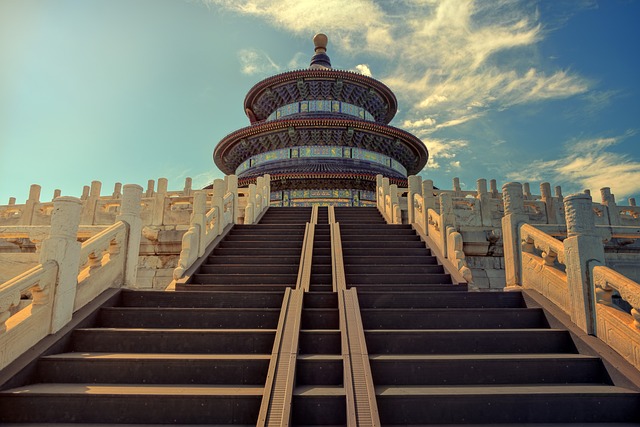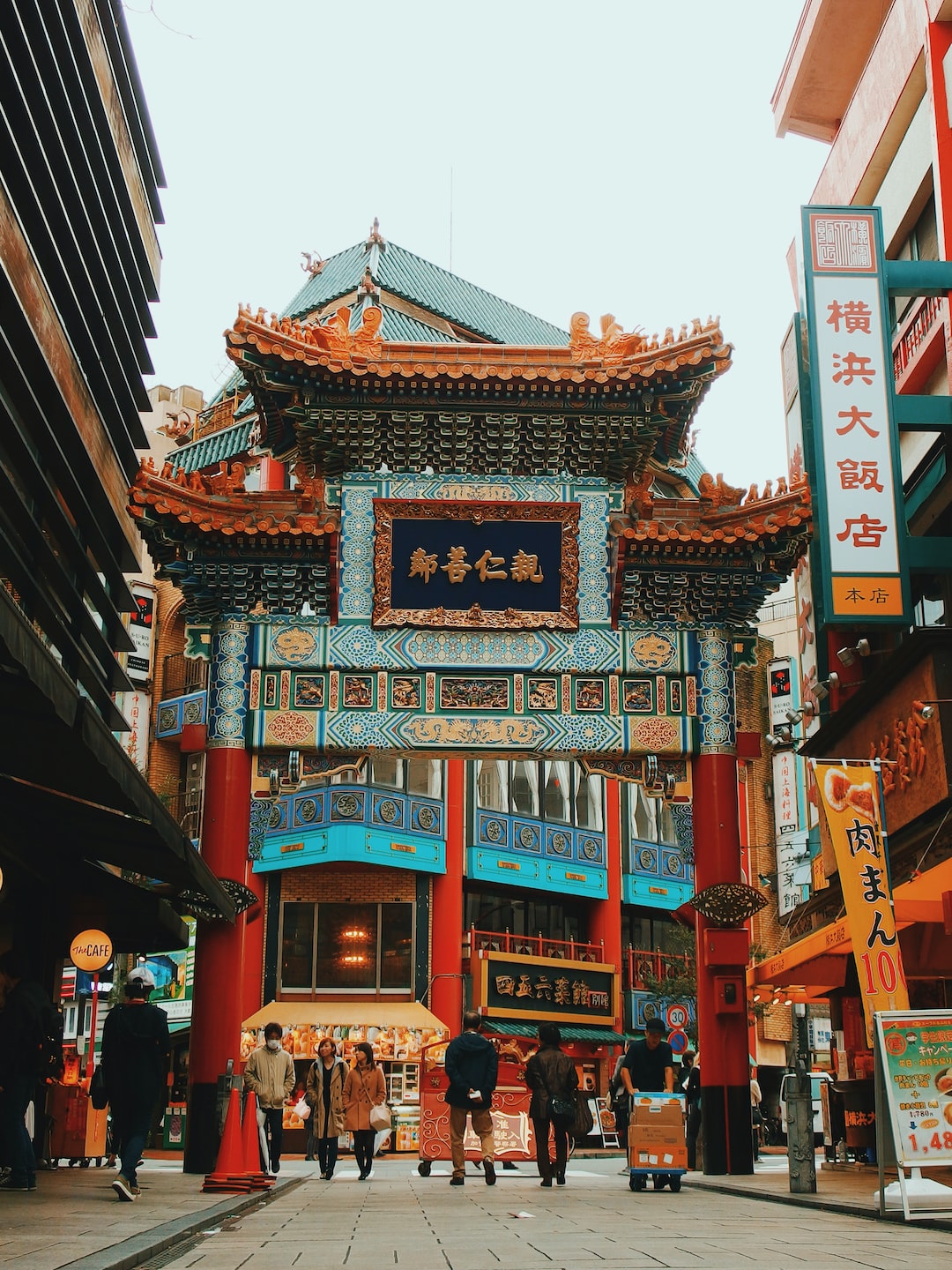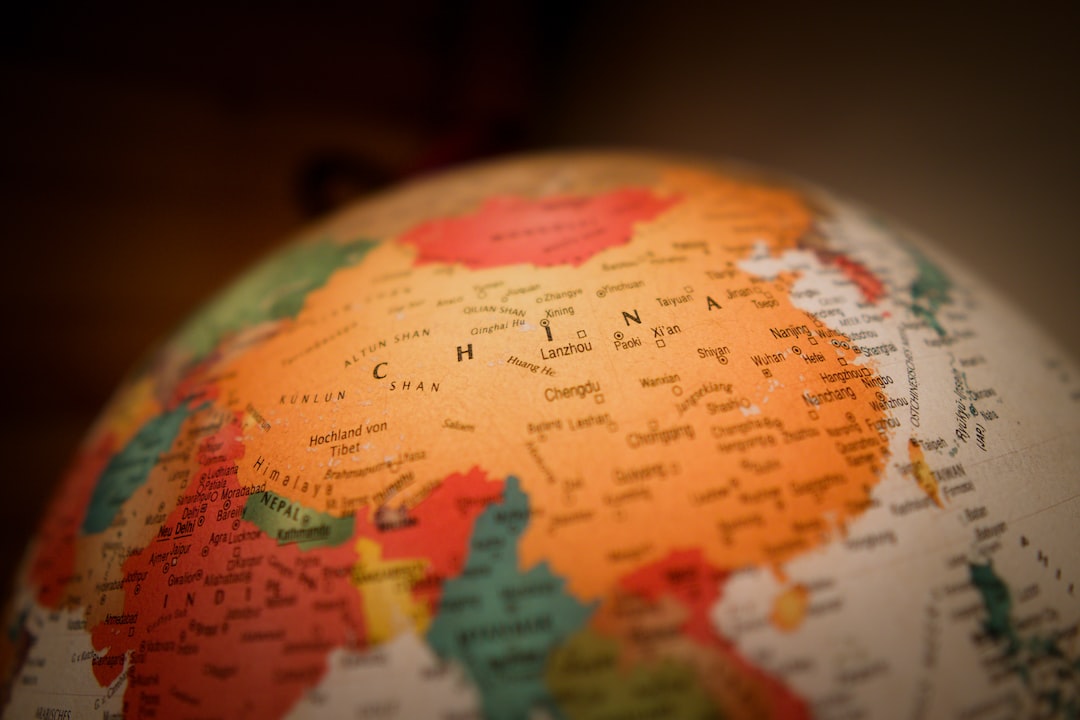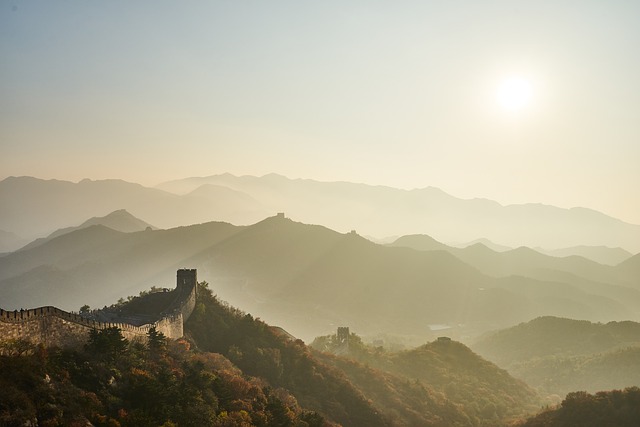Shuanglin Temple: A Hidden Gem in the Heart of China
Nestled 6 kilometers southwest of the renowned Pingyao Ancient City, Shuanglin Temple stands as a testament to Buddhist art and architecture. Recognized by UNESCO alongside Pingyao in 1997, this temple is a treasure trove of historical relics and spiritual tranquility.
Highlights and Travel Tips
With roots stretching back to the 6th century, Shuanglin Temple houses an astonishing collection of over 2,000 clay statues, crafted between the 12th and 19th centuries. The Ming and Qing dynasties are represented in the temple’s architecture, with structures dating to those periods still standing tall.
Inside its sacred halls, one can admire intricate wood and clay sculptures of Buddhist deities. Notably, the four three-meter-tall Buddha warrior attendants in the God Hall captivate with their imposing presence. The walls of the Amitabha Buddha Hall are adorned with engravings that narrate the life of Buddha Sakyamuni, offering visitors an immersive glimpse into Buddhist history.
Far from the bustling crowds of Pingyao, Shuanglin Temple offers a peaceful and authentic experience. The statues boast their original vibrant colors, and the unaltered state of the temple allows for a genuine connection to its ancient past.
For enthusiasts of Buddhism, art, or historical exploration, Shuanglin Temple is an exceptional attraction. A knowledgeable guide will enhance the visit, providing context to the rich tapestry of halls and statues.
Opening Hours and Ticket Prices
Visitors can explore the temple from 8:30 am to 5:30 pm. An entrance fee of 35 RMB is required, and the average duration for a visit is about 1 hour.
How to Get There
Shuanglin Temple is ideally visited when traveling to or from Pingyao, due to its proximity to the bullet train station. Those visiting the Wang Family Compound might consider stopping by the temple.
Discover More of Pingyao
While visiting Shuanglin Temple, consider extending your journey to uncover more cultural treasures within Pingyao and its surroundings, like the ancient walls and traditional residences that bear the stories of China's illustrious past.



